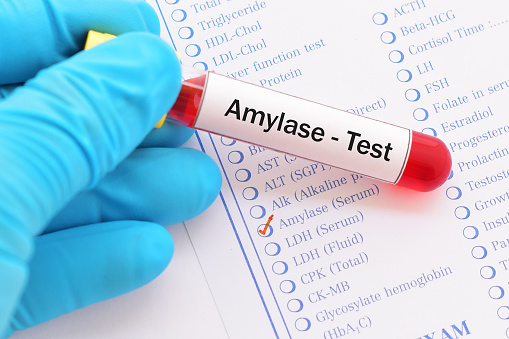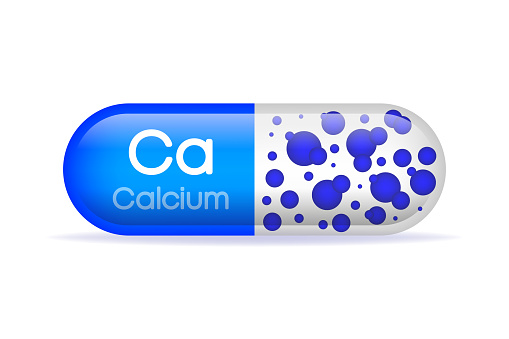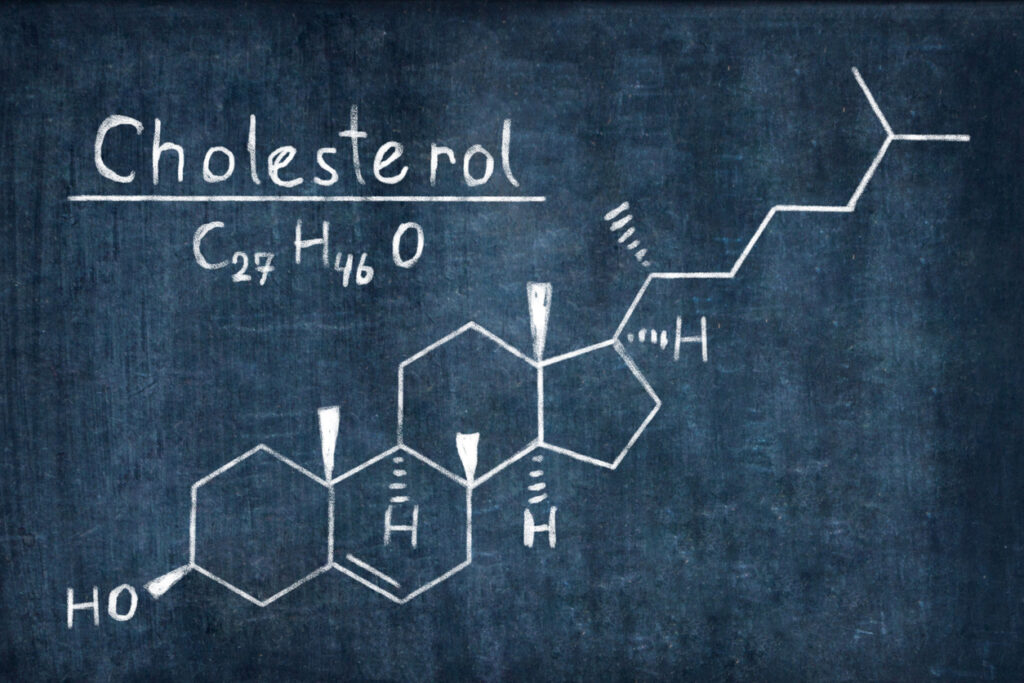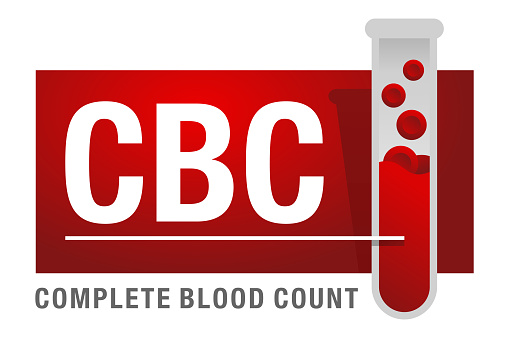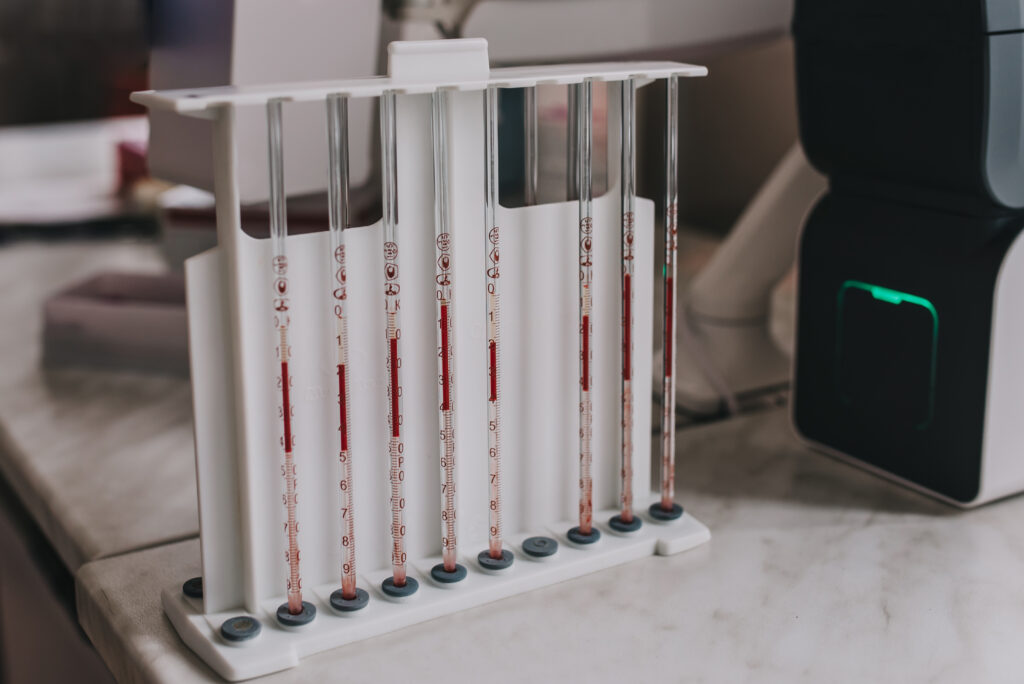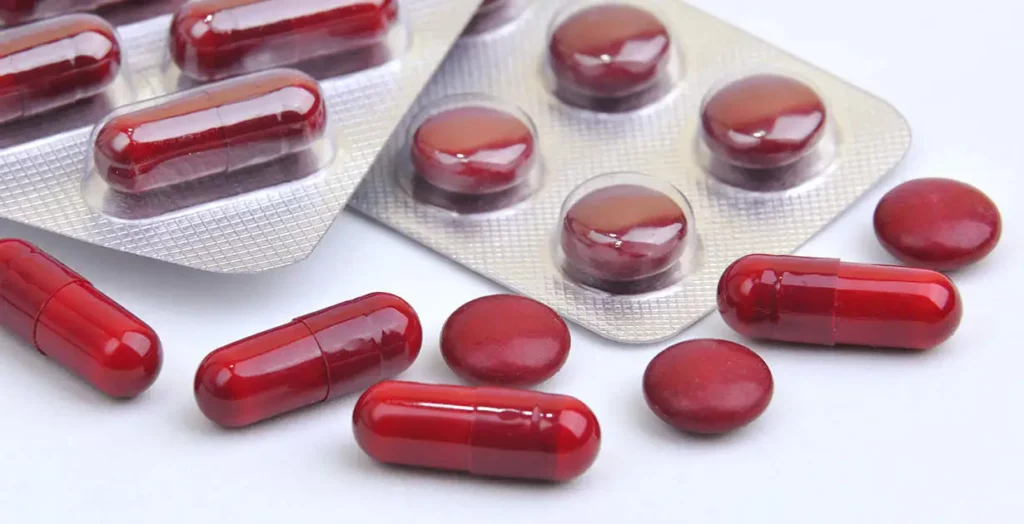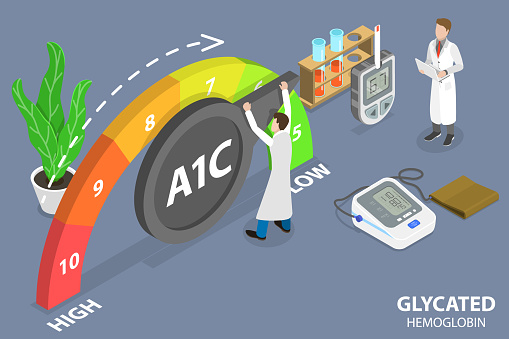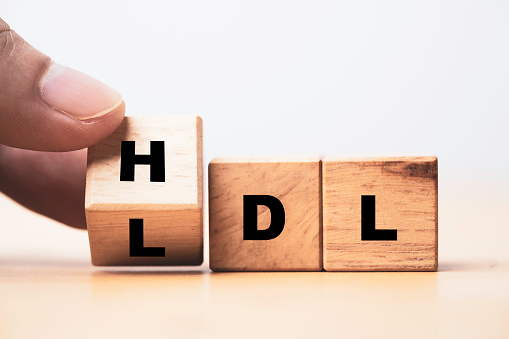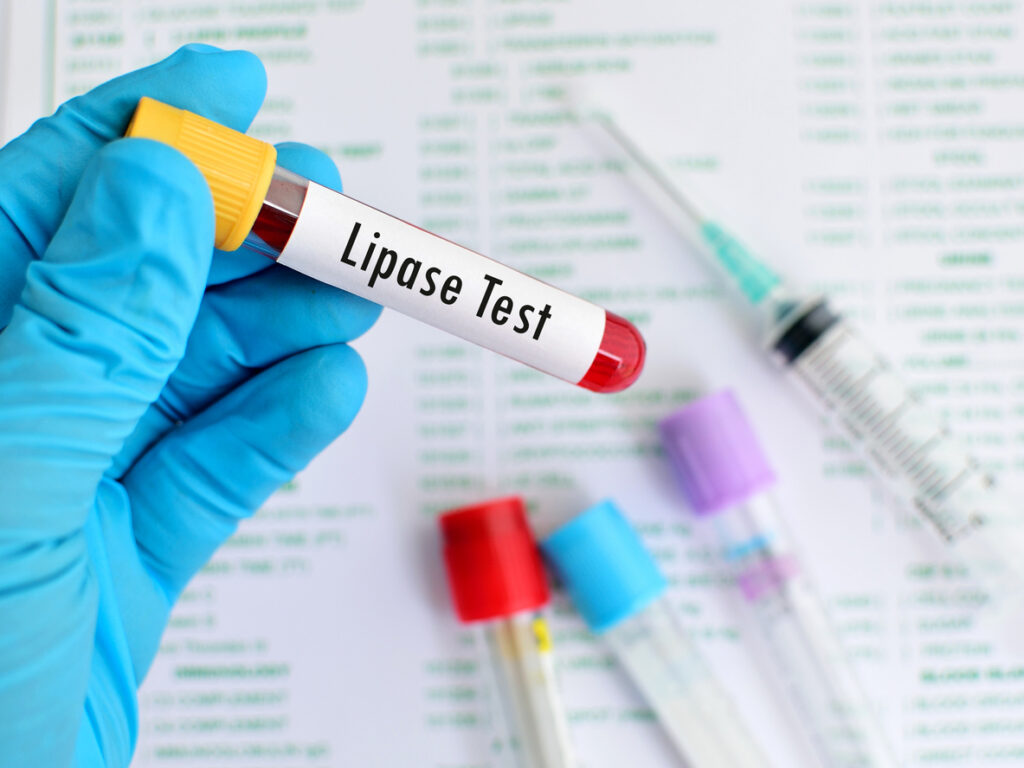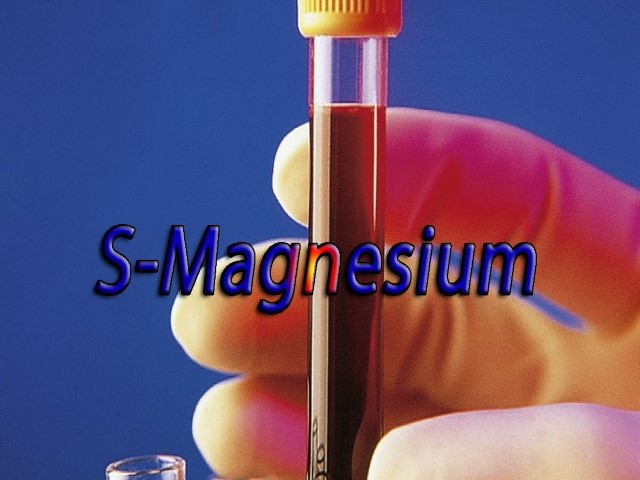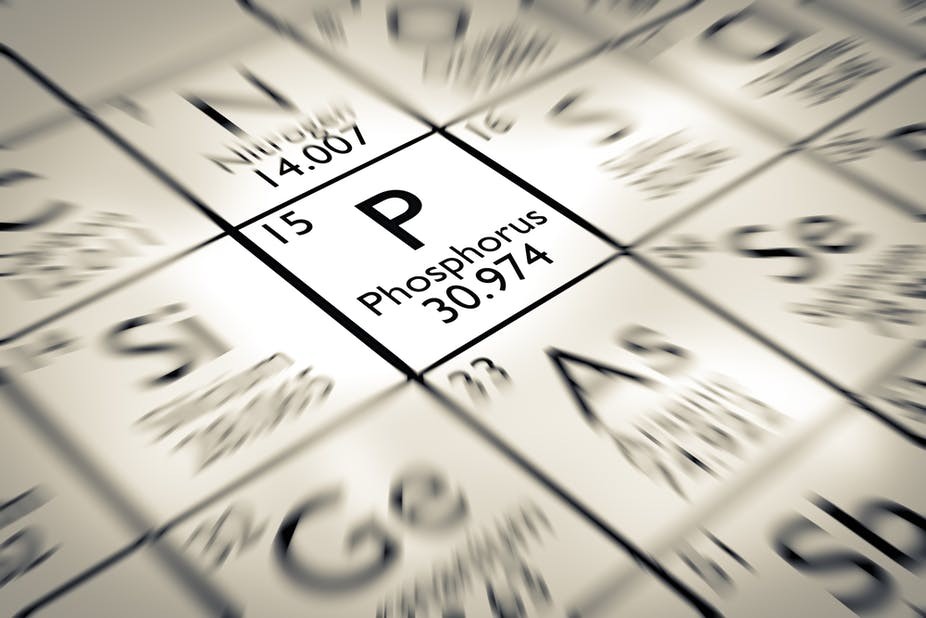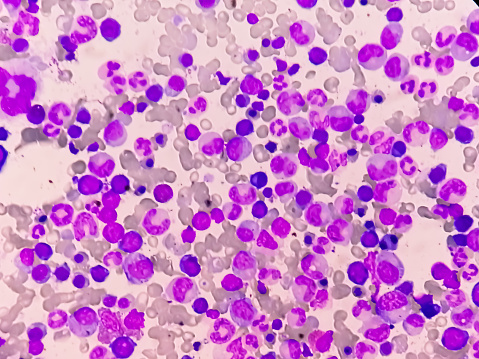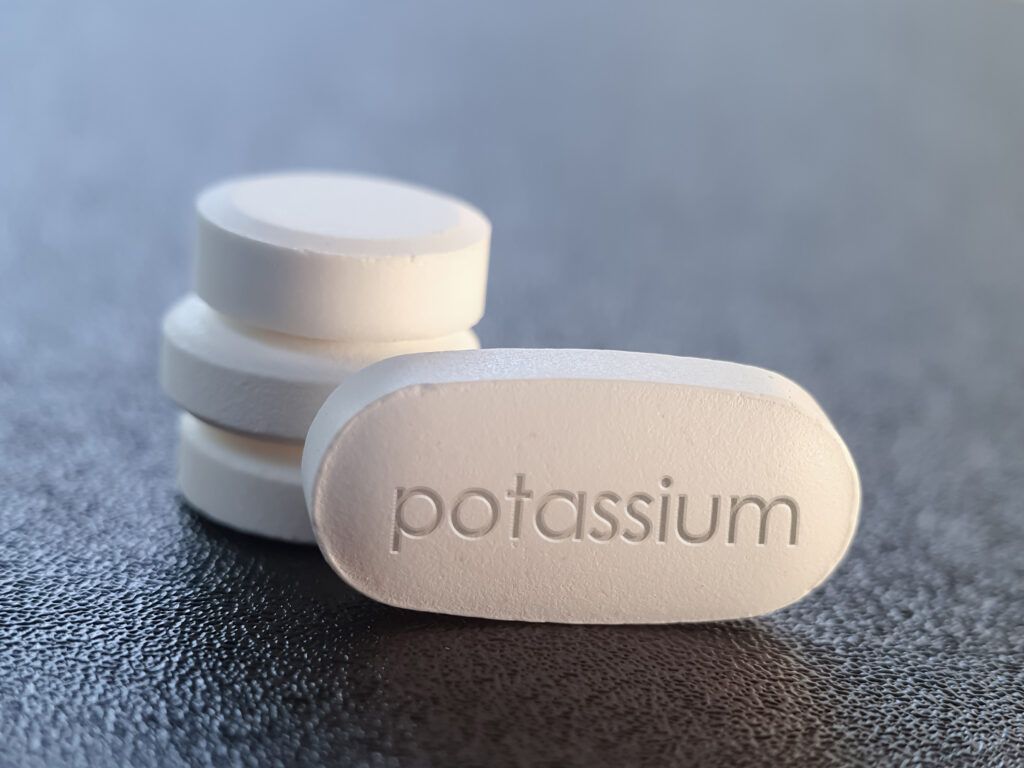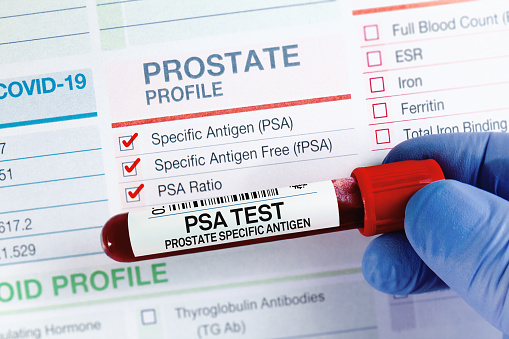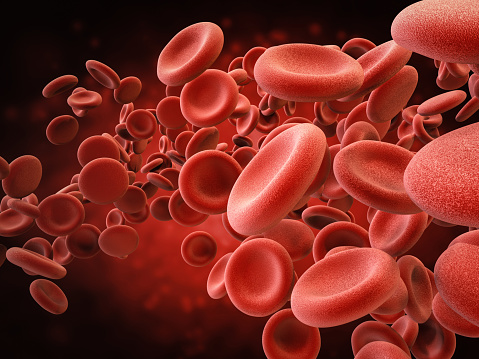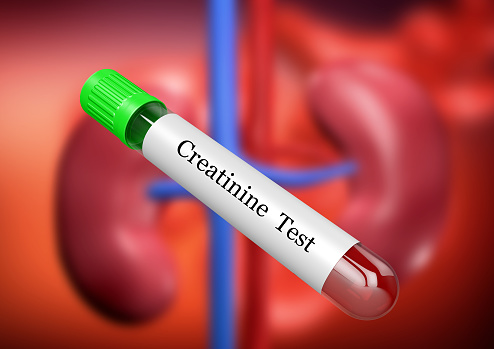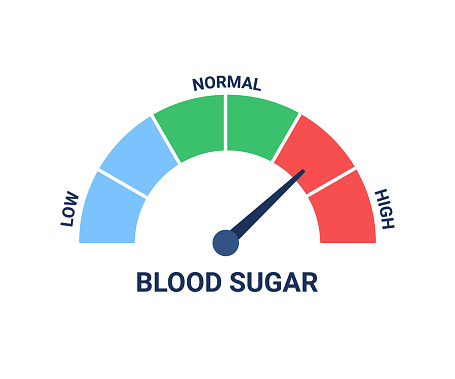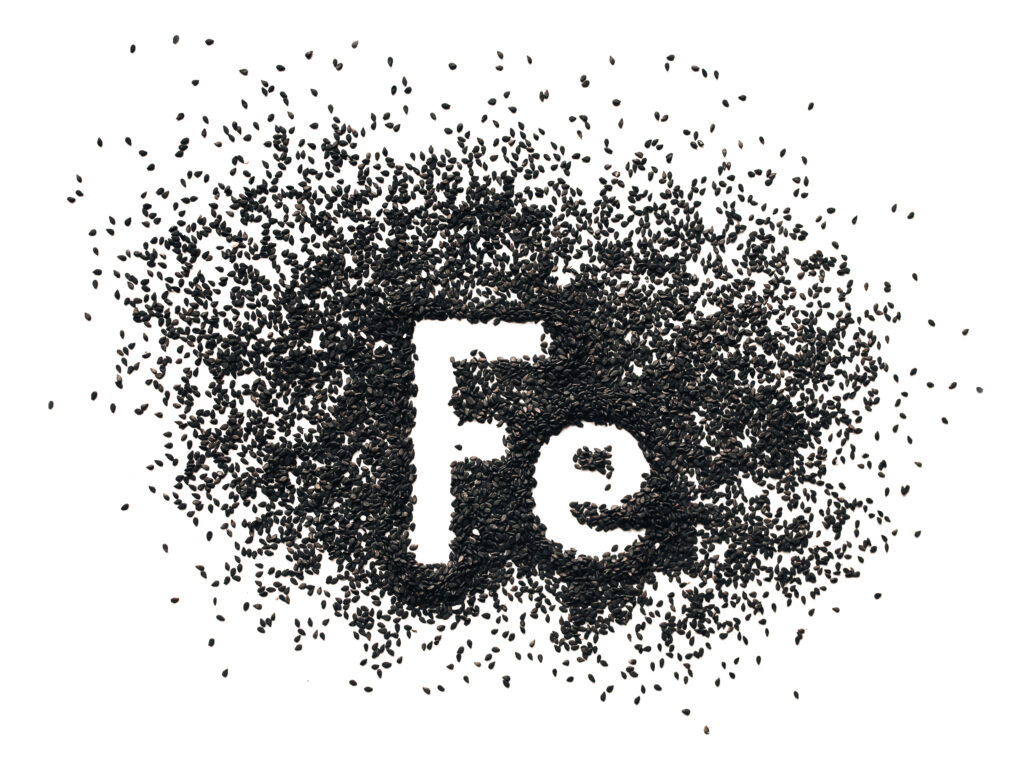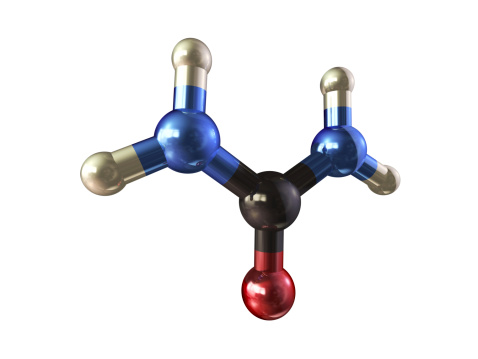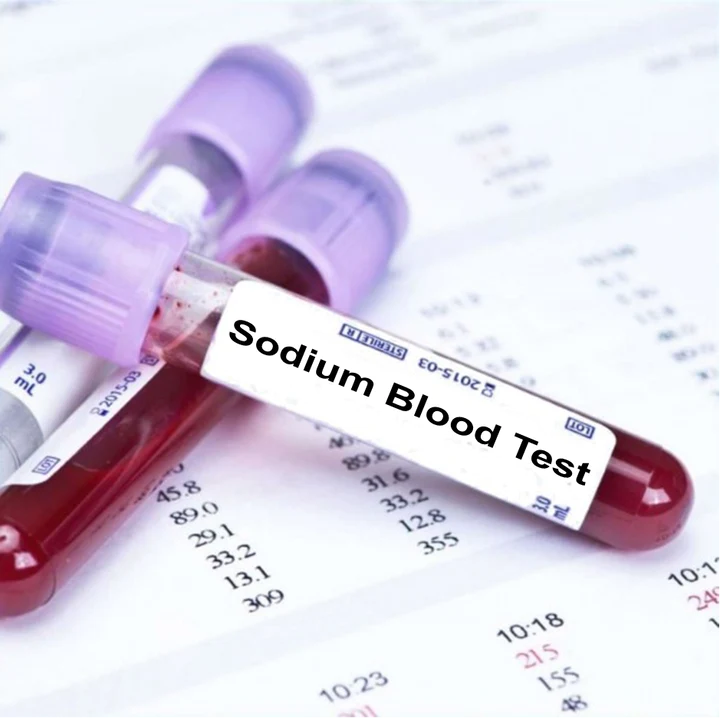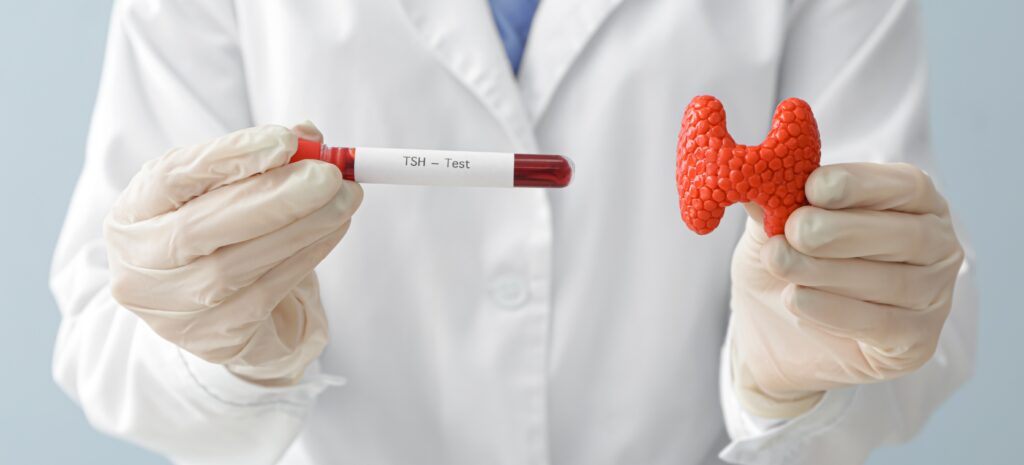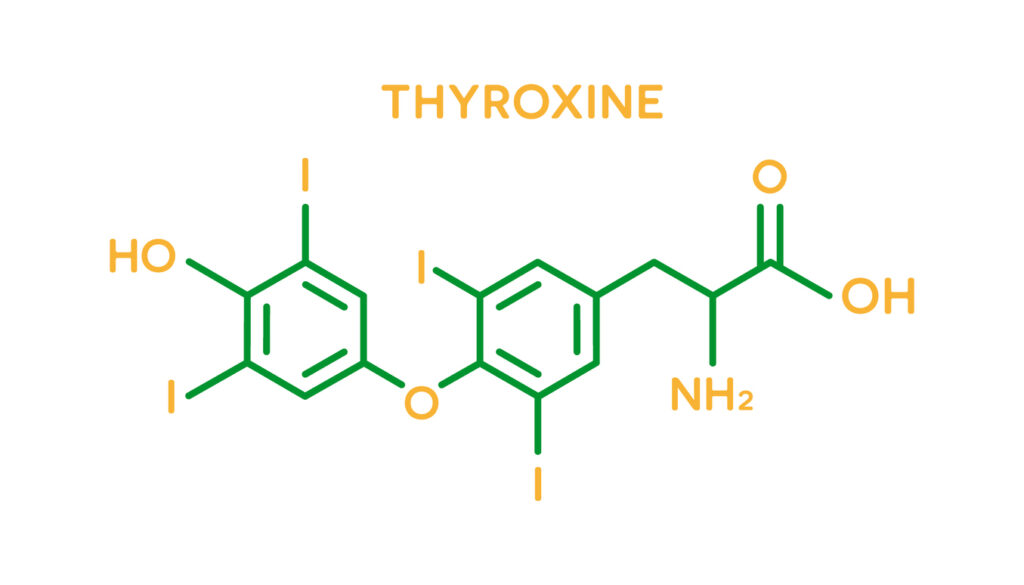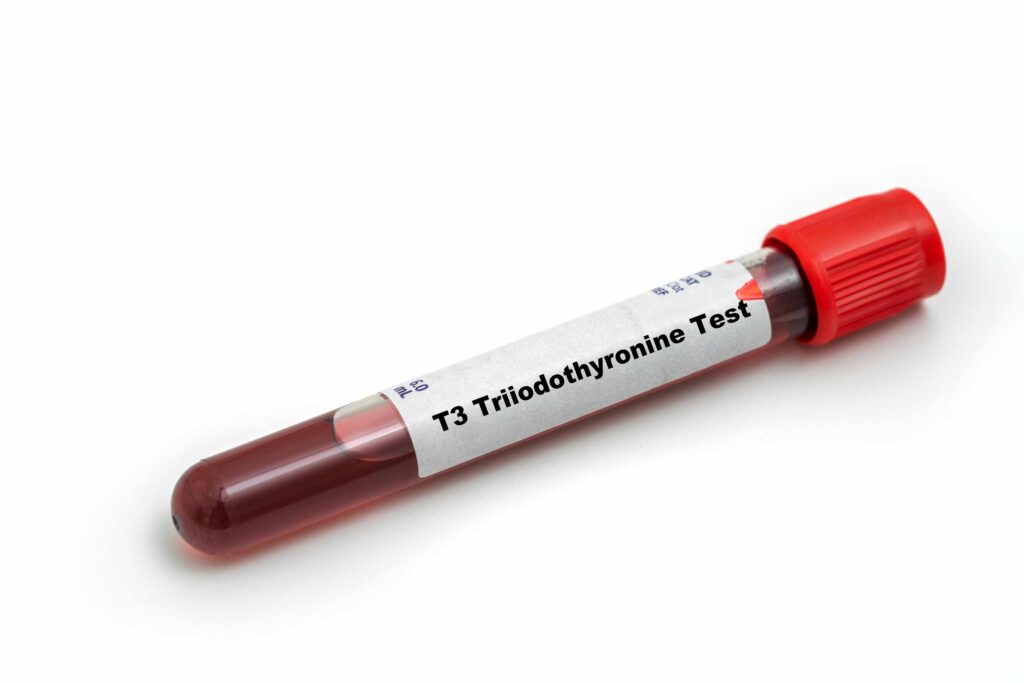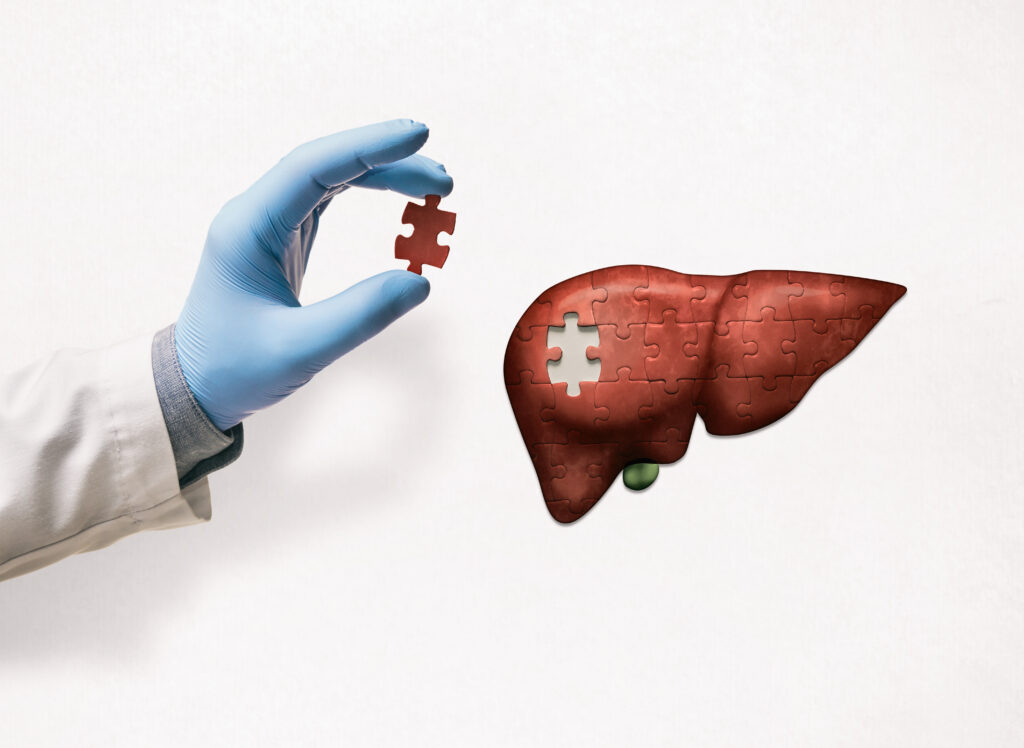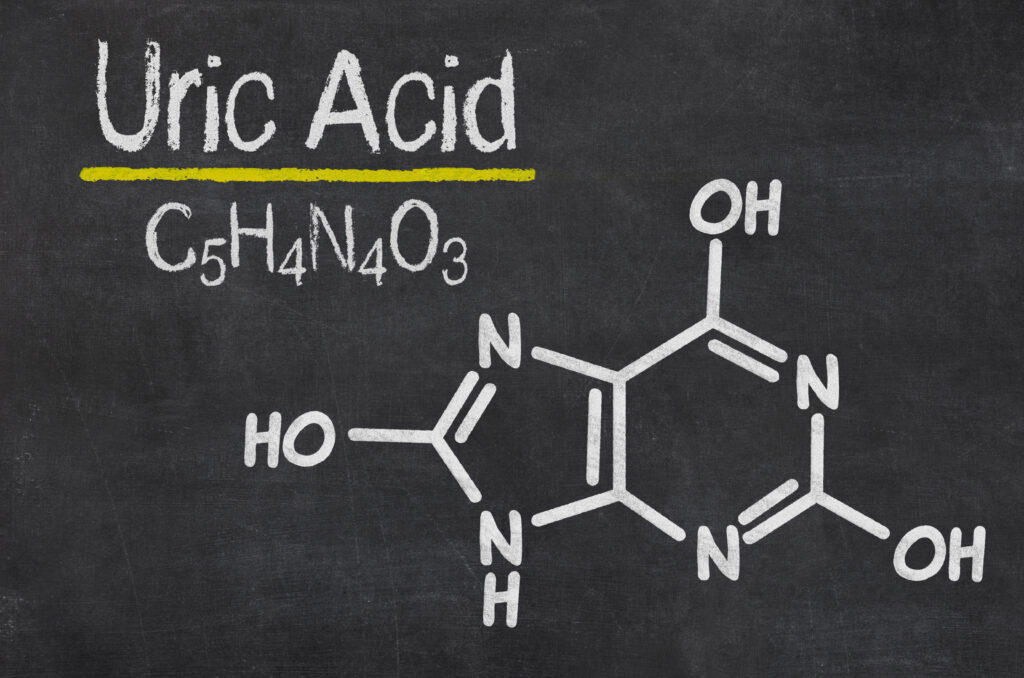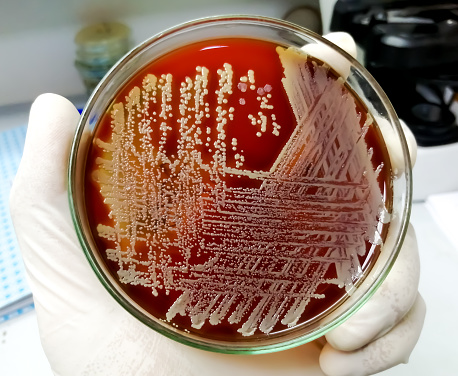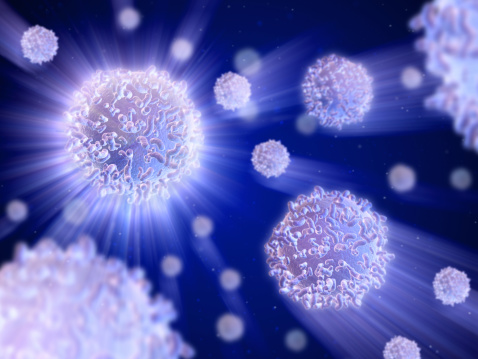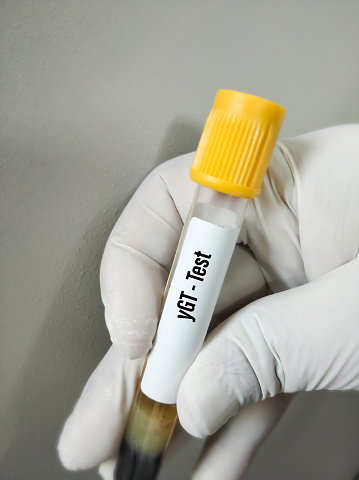Alkaline phosphatase (ALP)
Alkaline phosphatase is encountered in the liver, the bones, the intestines and the placenta. ALP value in blood accounts for the sum of its isoenzymes found in the aforementioned organs. ALP electrophoresis screens and analyzes each isoenzyme’s quantity in the different organs.
Amylase
Amylase is an enzyme found in the salivary glands and in the pancreas. It is also found in smaller quantity in other tissues. It hydrolyzes complex carbohydrates in the small intestine, assisting thus in digestion.
Calcium
Calcium is one of the most important minerals in the human body. It is mainly stored in bone and a small amount is circulating in blood either free or bound to proteins such as albumin.
Cholesterol
Cholesterol is a lipid synthetized in the liver from fats ingested by food. Its role is critical in the regulation of cellular membranes’ permeability, in vitamin D production, in the production of bile acids and in hormonal synthesis.
Complete Blood Count
A complete blood count is an essential test that provides the physician with important information on all blood cells. It is used for diagnostic and screening purposes, as well as for the follow-up of various diseases.
ESR – Erythrocyte Sedimentation Rate
ESR is a non-specific index of inflammation in the human body. It measures how quickly red blood cells settle at the bottom of a glass capillary tube after one hour. The faster the erythrocytes fall at the bottom of the tube, the higher the ESR.
Ferritin
Ferritin is the main iron storage complex in the human body. It is found in the hepatocytes, the bone marrow, the spleen and the muscles. A part of it is circulating in the blood. Ferritin is an indirect marker of the amount of iron stored in the organism.
Glycated hemoglobin – HBA1c
Glycated hemoglobin (or HBA1c) reflects the average blood glucose level over the preceding three months. (The three month period corresponds to the mean life time of red blood cells).
HDL – cholesterol
HDL cholesterol removes LDL from the vascular walls and transports it to the liver. It is then excreted by bile.
LDL – cholesterol
LDL cholesterol is a low density lipoprotein which transfers cholesterol from the liver to other organs. It is also known as “bad” cholesterol as it contributes to the formation of atheromatous plaque, increasing thus the risk for cardiovascular disease.
Lipase
Lipase is an enzyme secreted in the pancreas. It plays an important role in the break-down, transport and processing of food lipids. Lipase is usually measured along with amylase for the diagnosis of acute pancreatitis. To a lesser extent, it is used for the diagnosis and follow up of other diseases such as cystic fibrosis, Crohn’s disease and celiac sprue.
Magnesium
Magnesium is a cation found in the intracellular fluid. Its role is important in neuromuscular function, in energy production, in blood clotting and in enzyme activation. It is mainly found in the bones combined with calcium and phosphorus. Only 1% of its total quantity is circulating in blood.
Phosphorus
Phosphorus is an inorganic element stored in its majority in bones (combined with calcium) whereas just a small percentage of it, is circulating in blood.
Platelets
Also called thrombocytes, they are the smallest blood cells and play a fundamental role in blood clotting. In case of a vessel’s injury, platelets aggregate and adhere to the vessel’s wall forming a clot.
Potassium
Potassium is the main cation of the intracellular fluid. It has an indispensable role in the maintenance of acid-base equilibrium, in the regulation of cellular osmotic pressure and in the conduction of electrical signals in muscle cells.
PSA – Prostate Specific Antigen
Prostate Specific Antigen or PSA is produced by the prostate gland and it is a main component of the seminal fluid. It is a reliable marker for the diagnosis of prostate cancer.
Red Blood Cells
Red blood cells or erythrocytes carry oxygen from the lungs to the rest of the organs in the human body.
Serum creatinine
Creatinine is the final product of creatine’s metabolism, found in skeletal muscles. Following its production, it enters the blood circulation and is finally excreted from the body through the kidneys.
Serum glucose
Glucose comprises the main energy source of human cells and is derived from carbohydrates catabolism.
Serum Iron
Iron is a major component of haemoglobin and is necessary for oxygen transport from the lungs to the tissues.
Serum urea
Urea is the final product of protein catabolism in the liver. Proteins initially break down to amino acids, which, in turn, degrade to toxic ammonia.
Sodium
Sodium is an electrolyte of vital importance in the human organism. It is acquired by food and it is secreted by sweat and by the kidneys. Its function is critical in acid-balance mechanism and contributes in neuromuscular functioning.
Thyroid Stimulating Hormone (TSH)
Thyroid stimulating hormone (TSH) is a glycoprotein synthetized in the anterior pituitary gland. The TSH test is used to evaluate the thyroid gland’s function.
Thyroxine T4
T4 is a hormone produced in the thyroid gland. After its release from the thyroid gland, its biggest part bounds to proteins. The rest of it is called free T4. Free T4 plays a crucial role in the basic metabolic rhythm and protein synthesis.
Total Triiodothyronine T3
T3 is a thyroid hormone, 20% of which, is produced by the thyroid gland and 80% in peripheral tissues by conversion of T4 to T3 (deiodination).
It circulates in blood either bound to proteins (total T3) or free of proteins (free T3).
Transaminases (SGOT – AST & SGPT – ALT)
Transaminases are hepatic enzymes whose value is elevated mainly in hepatic disease. There are two kinds of transaminases
Triglycerides
Triglycerides are synthetized in the liver from fatty acids, proteins and glucose. They are also acquired by food and they are then stored in the adipose tissue. Their transport is achieved chylomicrons and by very low density lipoproteins. They are used as energy source.
Uric Acid
Uric acid is produced by the breakdown of purines which are nitrogenous compounds found in human cells and in certain foods.
Urinalysis
Urine analysis is a frequent and important test, performed during a routine check-up, for diagnostic purposes, during pregnancy as well as pre-operatively.
Urine culture
Normally, urine is a sterile biological fluid. If bacteria are present, urine culture for the isolation, identification and quantification of pathogens is performed.
White Blood Cells
Also known as leukocytes, they are produced in the bone marrow and they take the lead in the organism’s defense mechanism against infection.
γ- GT (gamma-glutamyl transferase)
Gamma glutamyl transferase is an enzyme found mainly in the liver and in the bile ducts and constitutes a sensitive diagnostic index when it comes to liver and biliary disease.


